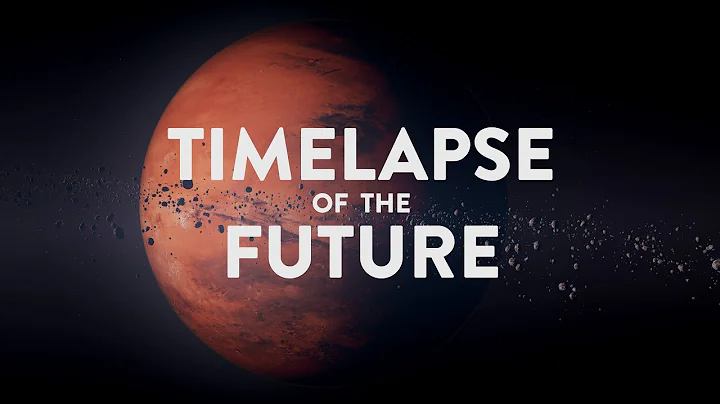I believe everyone knows that the universe we live in is very empty, but if you want to ask, how empty is the universe? It is estimated that many people have no specific concept. In fact, the vastness of the universe may exceed your imagination. To explain how empty the universe is, we might as well start with the earth and the moon. Normally, we would imagine the earth-moon system like this:

But the actual situation is not like this, because the average distance between the earth and the moon is about 380,000 kilometers, while the radius of the earth is about 6371 kilometers, and the radius of the moon is about 1737 kilometers, so the real situation of the earth and the moon should be like this:

It can be seen that there is a larger distance between the earth and the moon than imagined. There is a much empty space in the middle, so what can be put in this space?

Yes, just between the earth and the moon, you can put down all the planets in the solar system except the earth. After talking about the Earth-Moon system, let’s take a look at the Solar System, starting with the picture above.

The outermost layer of the first part of this picture is the orbit of Jupiter , the outermost layer of the second part is the orbit of Pluto and the Kuiper belt, and the outermost layer of the third part is The red orbit belongs to the asteroid Sedna (Sedna). Its perihelion is about 76 astronomical units from the sun, and its aphelion is about 937 astronomical units from the sun.
The outermost layer of Part 4 is the Oort Cloud. Its inner edge is 2000 to 5000 astronomical units from the sun. The distance between the outer edge and the sun is about 1 light-year. If it flies outside this range, it can be considered It flew out of the solar system.
What you need to know is that the sun occupies about 99.86% of the mass of the entire solar system, and of the remaining mass, most of it is occupied by the eight planets and their satellites . As for the small celestial bodies running in the solar system , is actually much sparser than imagined. Even in the "dense" asteroid belt of small celestial bodies, the average distance between each small celestial body is as high as about 770,000 kilometers (much further than the distance between the earth and the moon) .

Seeing this, I believe everyone has a specific concept of the emptiness of the solar system. Okay, let's take a look at Milky Way .
The stars in the Milky Way are very unevenly distributed. Specifically, the farther away from the center of the Milky Way, the lower the density of stars. In the core area of the Milky Way, the density of stars can reach up to 289,000 per cubic light-year. At 100 parsecs (about 326 light-years) from the center of the Milky Way, the star density drops to 2.9 stars per cubic light-year.
In the area where our solar system is located, the star density has dropped to 0.004 stars per cubic light-year. In the edge areas of the Milky Way, the star density is as low as 0.0003 stars per cubic light-year. After comprehensive calculation, the average star density of the entire Milky Way Galaxy There are about 0.006 stars per cubic light-year. That is to say, in the Milky Way, there is about one star every 167 cubic light-years, and the average distance between stars is about 5.5 light-years.

In order to easily understand the emptiness of the Milky Way, we might as well assume that there are two stars as big as the sun, and the distance between them is 5.5 light years. On this basis, if we shrink the two stars to the size of a football , then after being scaled down by the same ratio, the distance between the two "footballs" is about 8223 kilometers.
Observation data shows that other galaxies in the universe are almost as empty as the Milky Way. More importantly, the distance between galaxies in the universe is often hundreds of thousands or millions of light years, and the distance between galaxies is There is very little matter in the vast space, almost nothingness.

In addition, there are many "cosmic voids" in the universe, in which the number of galaxies is extremely rare, or there are no galaxies at all.
The span of these "voids" is usually very large, and some "voids" are even bigger than you imagine. For example, in the direction of Boötes , about 700 million light-years away from the earth, there is a diameter The "Boötes void ", which is about 250 million light years old, spans approximately 0.26% of the entire observable universe.

The distribution of galaxies in the universe is already very sparse. The existence of "cosmic voids" further increases the emptiness of the universe. As mentioned above, the galaxies themselves are very empty. When these series of situations are added up, the universe will of course become It would be ridiculously empty. How ridiculous is that?
To describe the emptiness of a space area, "matter density" is undoubtedly a good indicator. Theoretically, we only need to measure the volume and mass of the universe to calculate the matter density of the universe, but it is obvious Yes, we simply cannot do such a thing, so we can only settle for the next best thing and see what the material density of the observable universe is.
From a macro level, the distribution of matter in the observable universe is uniform as a whole. Because the volume of the observable universe is known, you only need to measure the mass of a part of it, and you can estimate it accordingly. Calculate the matter density of the entire observable universe. In past research work, scientists used this method to estimate the matter density of the observable universe, that is, the mass of approximately 6 protons per cubic meter.

What is this concept? Put it this way, suppose there is a cube box with an edge length of 1 meter, containing 6 protons. Now we enlarge the protons in the box to the size of a common glass marble (the diameter is about 1.5 cm), then according to the same At this ratio, the edge length of this cube box will be enlarged to about 9 billion kilometers. For comparison, the average distance between Pluto and the sun is only about 5.9 billion kilometers.
In a giant cube box with an edge length of 9 billion kilometers, there are only 6 glass marbles with a diameter of about 1.5 centimeters, and this can be considered as the openness of the observable universe. How about it? Isn’t it a bit beyond you? What about your imagination?
It should be pointed out that the scientific community generally believes that the universe is composed of "ordinary matter", " dark matter " and "dark energy". Since we know very little about "dark matter" and "dark energy", we cannot even determine them. Does it really exist? Therefore, the scope of this article is limited to "ordinary matter" and does not include "dark matter" and "dark energy".
Well, we will stop here today. Welcome everyone to follow us . See you next time.
(Some of the pictures in this article are from the Internet. If there is any infringement, please contact the author to delete them)




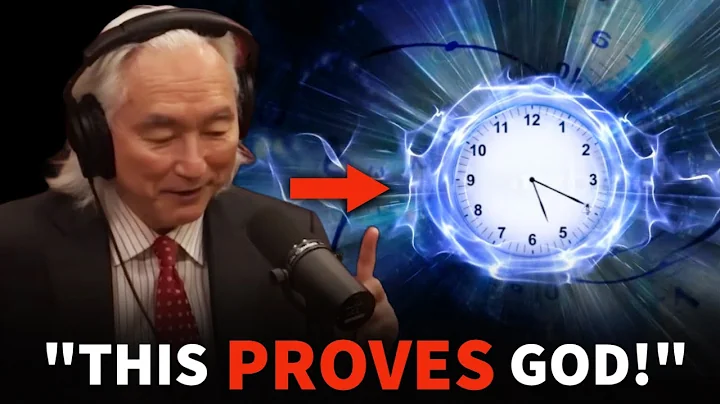
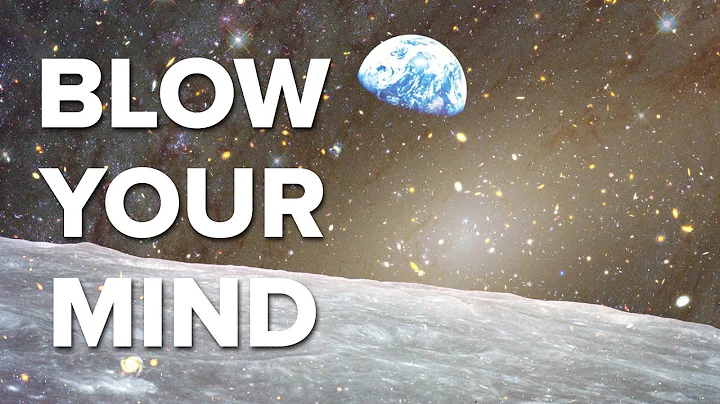
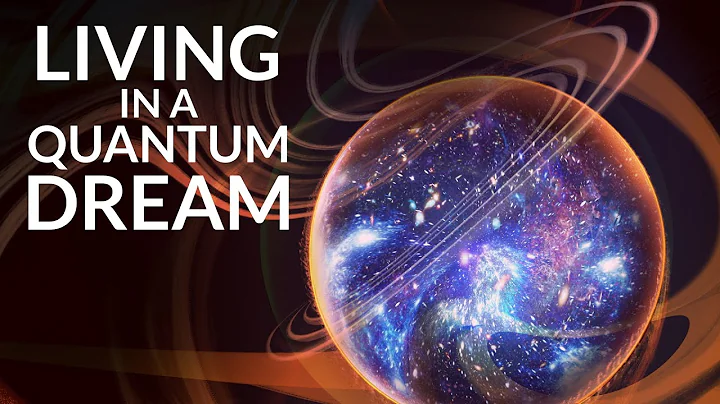
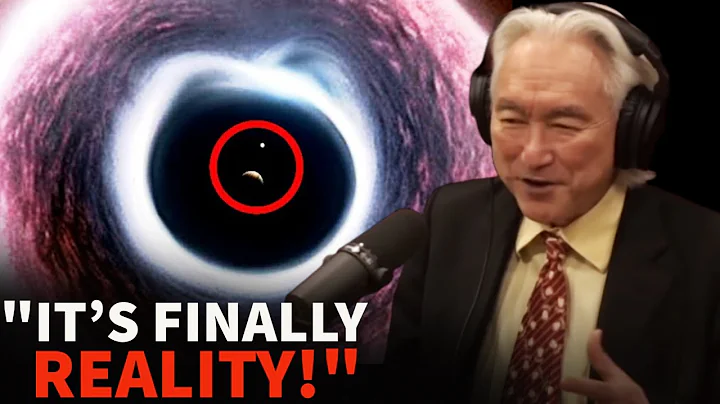
![Unbelievable Cosmic Phenomena Beyond Our Galaxy | Secrets Of The Universe [All Episodes] | Spark - DayDayNews](https://i.ytimg.com/vi/sHEwTKEDVM0/hq720.jpg?sqp=-oaymwEcCNAFEJQDSFXyq4qpAw4IARUAAIhCGAFwAcABBg==&rs=AOn4CLAOHCCVwEK0S3PEAiMgW9rL4mC6YQ)

